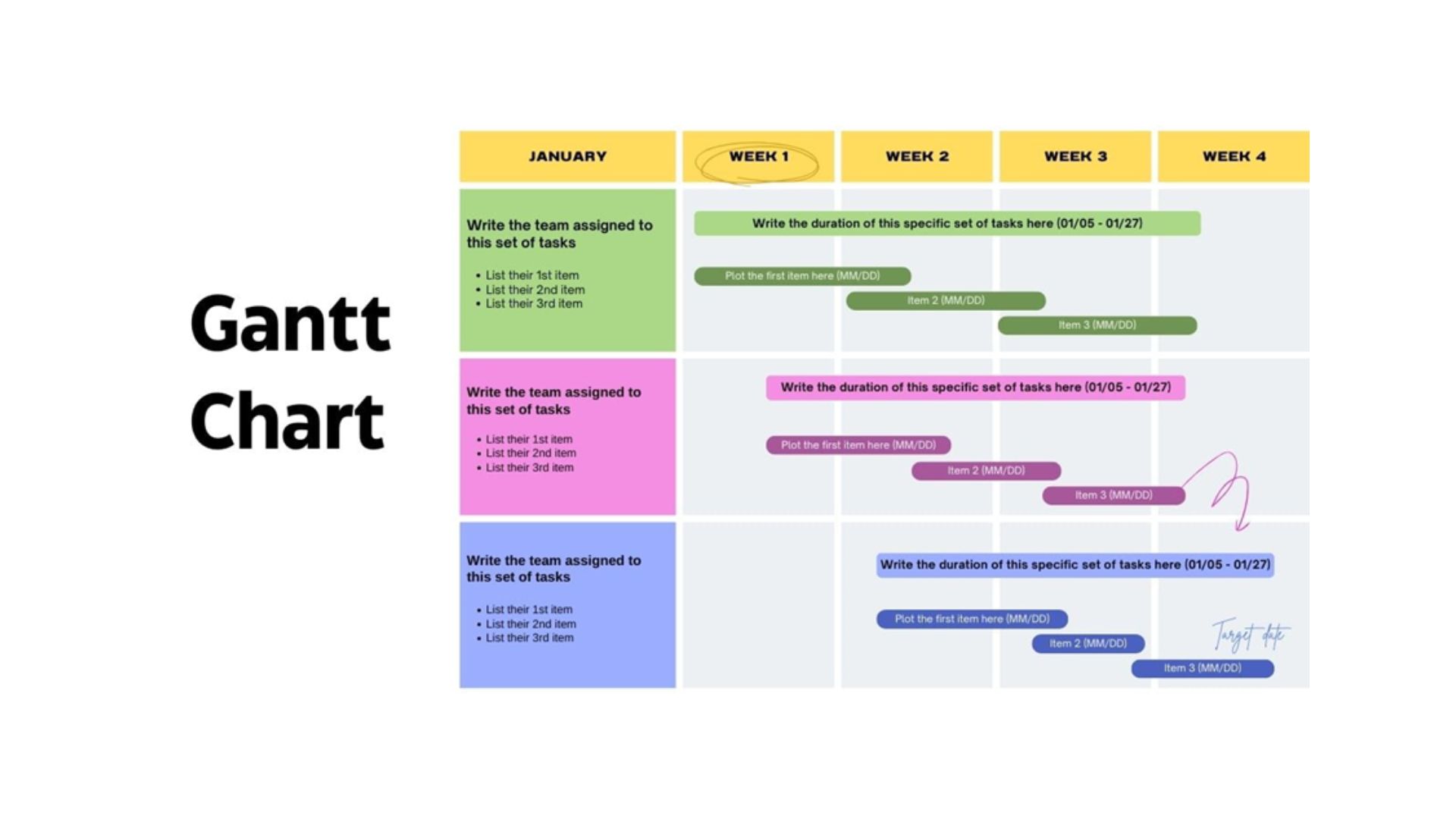Top IT Organizations Choose Standardization vs. SaaS
Customization has long been considered a practice best avoided in enterprise software, due to the belief it drives up both complexity and cost. Software-as-a-service (SaaS) vendors have used this belief as a selling point for their solutions, promising they require far less tweaking than on-premise software.
But this may not be true. Two surveys published earlier this year, one from KPMG and another from TechTarget, found that SaaS applications are difficult to integrate, both with other SaaS apps and on-premise apps. What’s more, 34 percent of respondents to the TechTarget survey said that even with customization, SaaS apps can be inadequate for business needs.
Despite this, SaaS applications are wildly popular — whether or not they are authorized by corporate IT organizations. In a recent survey, 80 percent of employees admitted to using unauthorized SaaS apps. In fact, the survey found that IT professionals were more likely than their business counterparts to use them.
Multiple SaaS applications appear to be somewhat less popular at top-performing IT organizations. Recent Hackett Group research found that organizations that Hackett classified as world-class had 40 percent fewer applications per 1,000 end-users than did their more average peers.
To determine which organizations outperform their peers, the firm analyzed benchmark studies performed at over 100 Global 1000 companies over the past few years. World-class IT organizations are those that achieve top-quartile performance across more than 60 efficiency and effectiveness metrics in The Hackett Group’s IT benchmark.
SaaS vs. Application Standardization
Organizations that try to minimize complexity by avoiding customization often end up simply increasing their total application count, explained John Reeves, IT research leader for the Hackett Group. The better approach, he said, is to standardize on as few software platforms as possible and allow customization on those platforms.
“You want to have one CRM platform, not four or five CRM platforms,” Reeves said. “The perception is that any and all customization is expensive. It can be, but it is sometimes worth it, particularly when you talk about regional differences.”
For example, he said, multinational organizations will typically be more efficient if they use a single CRM system and customize it to accommodate languages and currencies in different parts of the globe, rather than using multiple systems.
“That is the kind of customization that works,” he said. “If you let organizations stand up their own instances of Salesforce or Microsoft, that is the kind of thing that can just kill you.”
Added development and customization costs tend to be offset by a reduction in “shadow” IT, Reeves said. Reducing the number of platforms should also help IT organizations more quickly and easily retire redundant systems. Perhaps most important, reducing the number of applications will make it easier to plan for future needs.
Hackett Group isn’t suggesting that IT organizations ignore the needs of business users. Rather, they should work together with them to develop common data standards across organizational functions – one of the first steps in adopting a standardized approach to applications. IT also must educate users about the capabilities of sanctioned software and should be flexible in dealing with requests for customization.
Recommendations for World-class IT
Standardizing application and process methodologies is one of four best practices of world-class organizations identified by the Hackett Group in its research. The other three practices:
Align IT metrics and formalize communications with the business. In particular, Hackett Group stresses that world-class IT organizations go beyond simply tracking performance metrics to establishing a formal scorecard linked to business and IT objectives. One hundred percent of world-class IT organizations utilize a formal scorecard, compared to 26 percent of peer organizations.
“It’s extremely powerful if you can look back at an IT project two or three years down the road and be able to prove it was justified. You might have said it would save ‘x’ amount of dollars and you can show it actually saved ‘xyz,'” Reeves said. “That’s the kind of benefit the business needs to see.”
Integrate business processes from end to end. In most organizations, concerns over application functionality take precedence over integrating the applications into the overall enterprise architecture. The challenge for IT organizations it to take multiple inputs from across the business and provide the functionality users want need while also designing the integration pieces on the back end to enable future functionality needs.
“If you’ve got a well-functioning architecture team, you will have a global platform that is malleable and gets you 80 percent of what the business is asking for,” Reeves said. “You may not be able to get them every tool. You must be proactive and ahead of the business in a lot of respects. If the finance team wants a financial analytics solution and wants to use an application that is not supported, the architecture team needs to be the one that says they can’t and inform them of the alternatives. They can show them how the existing solution can be customized to better serve their needs.”
Ideally, Reeves said, IT organizations can “offer solutions even ahead of the problem and become a thought leader.”
Monitor business and IT outcomes. The key statistic here: Three-quarters of world-class organizations monitor portfolio-level architectural goals and metrics, vs. just 47 percent of more average organizations.
Organizations that follow these four practices meet ROI expectations nearly twice as often as their more typical peers, deliver against anticipated benefits nearly 80 percent more often and automate up to 80 percent more business processes, according to Hackett Group research. They also spend 15 percent less than typical companies per end-user, including 25 percent less on labor, 9 percent less on technology and 8 percent less on outsourcing.
The research is available to members of the Hackett Group’s advisory programs. A public excerpt is available for free by registering here: http://insights.thehackettgroup.com/2013wcpa-it-press-register
Ann All is the editor of Enterprise Apps Today and eSecurity Planet. She has covered business and technology for more than a decade, writing about everything from business intelligence to virtualization.

Public relations, digital marketing, journalism, copywriting. I have done it all so I am able to communicate any information in a professional manner. Recent work includes creating compelling digital content, and applying SEO strategies to increase website performance. I am a skilled copy editor who can manage budgets and people.








